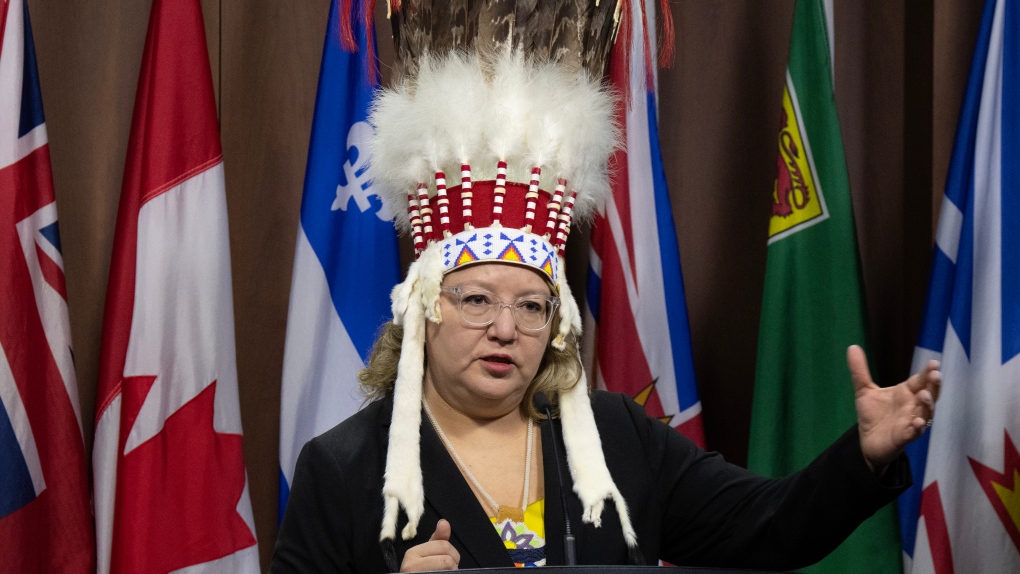The Briggs fire near the Cigar Lake uranium mine in northern Saskatchewan continues to burn, but it’s now moved past the main camp “without serious impact to the site,” according to Cameco, which runs the facility.
Early inspection shows no structural damage to any buildings, and all assets appear intact, company spokesperson Jeff Hryhoriw told CBC News Friday afternoon.
He said all 80 of the mine’s essential workers who remained on site are safe and have helped wildfire crews put out hot spots. Cameco’s crew and the provincial wildfire team from the Saskatchewan Public Safety Agency (SPSA) currently remain on scene.
Hryhoriw said the fire is still active, with some roads in the vicinity closed because of smoke and flames nearby.
“Forest fires are dynamic, and circumstances can certainly change rapidly, so we’re continuing to monitor the situation very closely,” he said.
With weather conditions forecast to stay hot and dry in the north Friday before easing up through the weekend, Hryhoriw emphasized the priority is to keep the mine site free of hot spots leftover from the blaze.
“It’s also a matter of the smoke and wind patterns that can certainly shift,” he said. “The wind can change direction and can change the intensity [of the fire], so we know there is still more to do.”

Hryhoriw noted there’s currently no timeline as to when Cameco’s roughly 230 workers evacuated from Cigar Lake will return or when production will resume.
He said a restart decision will depend on the status of wildfire activity in the area, smoke conditions and safe road and air access to the site.
Remaining mine workers form emergency response team
The roughly 80 Cameco workers who remain at the mine have been working as an emergency response team, Hryhoriw said.
Their job is to maintain critical machinery and keep the facility in a safe state — including continuously watering the site grounds and clearing any surrounding bush as a precaution, he explained. And should the wildfire threat continue to grow, Hryhoriw noted, there is a plan in place to keep the workers there safe.
“[The SPSA] officials have assessed various locations and facilities on site and advised us accordingly,” he said. “They believe workers can be kept safe, based on the design and construction of the buildings, the site layout and the protective measures already being undertaken.”
Water bombers and heavy equipment have also been deployed to the area and continue to help with the firefighting efforts, Hryhoriw said.
‘Pack a bag’
Dan Stillborn was one of the roughly 230 mine workers who received a call Thursday that he had to leave the Cigar Lake site.
“They just phoned us and said, ‘Pack a bag,” Stillborn said of the call that woke him up from a nap that morning.
When Stillborn got up and looked out his window, he saw flames cresting the hills just a couple of kilometres from the workers’s camp.
It didn’t take long before he and his colleagues were en route to safety at Cameco’s Rabbit Lake mine, roughly an hour and a half east of Cigar Lake.
“The sky is nice and blue looking south [from Rabbit Lake] — but when I look north, it’s black,” Stillborn said late Thursday afternoon when multiple fires were burning in the region.
“It’s quite a contrast; it looks like a dark cloudy day in the north.”

‘Vast majority’ of Sask. under extreme wildfire risk: SPSA
According to the SPSA, as of Friday afternoon, there were 16 wildfires burning across Saskatchewan — four of which had yet to be contained.
In an emailed statement to CBC News, the SPSA said the Briggs fire, which is located near the Cigar Lake mine, was among those considered “very active,” with winds preventing wildfire crews from putting out the flames.
The SPSA said tankers, helicopters and crews are also battling a second blaze in northern Saskatchewan, just south of Dillon, where a wildfire grew from 60 to 350 hectares Wednesday night.
Steve Roberts, the SPSA’s vice-president of operations, said in a news conference Friday the agency is currently working with nearby communities to help deal with the smoke in the area that’s expected to worsen over the weekend.
Industrial air cleaners have also been deployed for use in community rinks, halls and other indoor spaces to provide a safe environment for those with respiratory issues, he said.
The SPSA said the “vast majority” of the province is at extreme risk of wildfire, and that risk is expected to increase in the coming days.
The province’s latest statistics show Saskatchewan has experienced 202 wildfires so far this year, eclipsing the five-year average of 195.
As a result, the SPSA issued a provincial fire ban Friday, which covers Crown lands, provincial parks and the Northern Saskatchewan Administration District. The ban includes any open fires, controlled burns and fireworks.







More Stories
#MeToo founder says Weinstein’s rape reversal hasn’t killed the reckoning’s movement | CBC News
Supreme Court reaffirms independence of military judges, dismisses challenges | CBC News
Antony Blinken takes aim at China’s support for Russia’s war in Beijing visit | CBC News